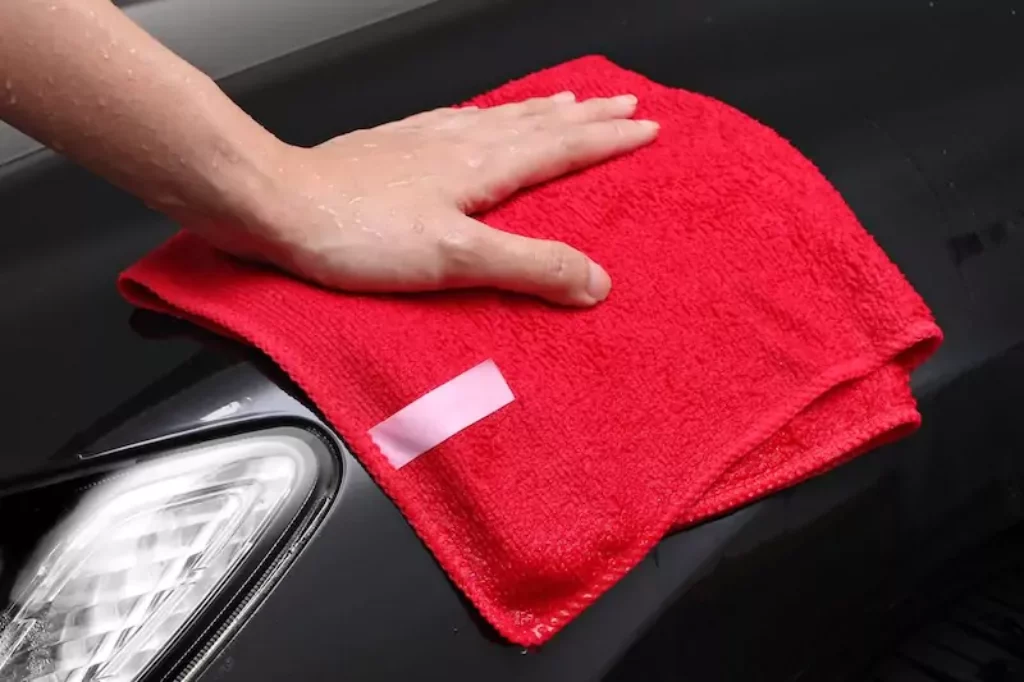65% of all fibers produced every year are synthetic. They’re known to have a higher carbon footprint, but they also produce what are known as microfibers or microplastics.
They’re too small to see from the naked eye, but that’s what makes them so difficult to fight. They show up almost everywhere a synthetic fabric, or processed product does, and they’re an invisible enemy.
Read on to learn how microfibers increase pollution and affect your health and what you can do about it.
Microfiber Pollution
Every time anyone does their laundry, an average of nine million microfibers get released into wastewater treatment plants. None of it gets filtered out.
This makes them a major source of plastic pollution in the water. They’ve been found in the lowest and highest waters, where they can harm animals and make the water unhealthy to drink.
They can also show up in the air. They can hide in the synthetic fibers of your bedsheet and then fly into the air, where they’re easy to inhale.
Microfiber Inhalation
Microfibers trap toxic chemicals during the manufacturing process. 40% of indoor materials such as bedding and rugs, contain them. Humans breathe in 13,000-68,000 of them from their indoor environments every year. That’s not even accounting for what they do to food and manufacturing water.
Microfibers cause health problems because they’re known as endocrine disruptors. They interfere with the endocrine system in our body that distributes hormones. This can cause:
- Infertility
- Diabetes
- Early puberty
- Autoimmune diseases
- Thyroid problems
- Alzheimer’s disease
- Dementia
- Obesity
- ADHD
- Autism
How to Reduce the Effects of Microfibers
One of the first steps on the path to a sustainable future is buying eco-friendly fashion. Look for clothes with non-synthetic materials like cotton that don’t have looming microfibers.
Doing your clothes less often reduces, and only washing full loads reduces the number of microfibers they release. When you do, always wash your microfiber clothing by hand or on cool and use a microfiber-catching laundry ball. Use non-toxic detergent and avoid fabric softeners. Let your clothes air dry whenever you can.
Donate, recycle, or sell your synthetic clothing, bedding, or other products. that’s made with synthetic material. It can even be the start of a beautiful art project such as a collage.
You should also steer clear of any other places where microfibers may hide. Drink filtered tap water instead of pre-filled bottles. Avoid pre-prepared food in plastic packaging.
More Sustainability Tips
Most existing fibers in the world are synthetic. They contain what are known as microfibers or microplastics.
These almost invisible materials have a major impact. They’re a primary source of plastic pollution in the water because they can’t be filtered out. They can cause health problems because they disrupt the body’s endocrine system.
Switching to products made with more sustainable materials is the best way to avoid them. You can also try to get rid of them by doing your laundry less often and using microfiber-trapping products.
Read the rest of our content for more sustainability tips.
